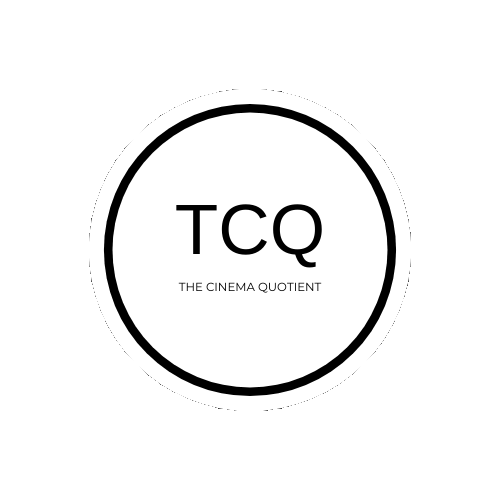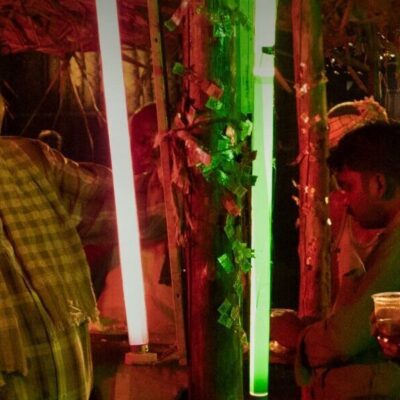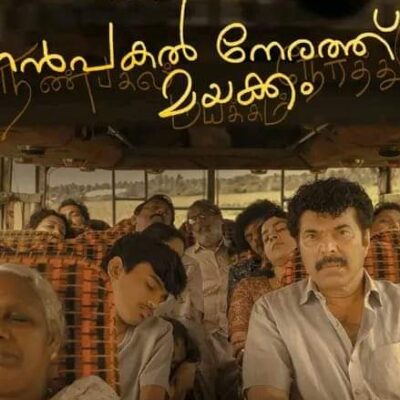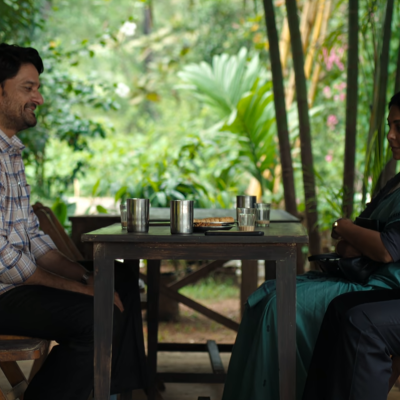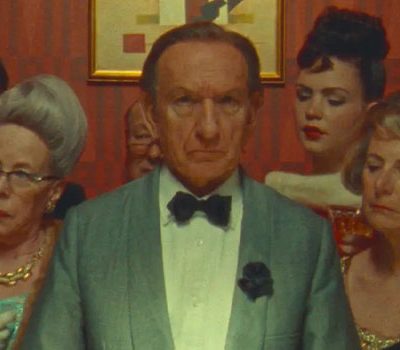I happened to stumble upon this beautiful contemporary movie called “Songs from the Second Floor” (Sånger från andra våningen) while browsing for some non-Indian. Non-English movies that suit best for my taste. Though I had my initial reservations about whether to invest my ‘time and energy’ into an unknown movie (in terms of word of mouth from my peers/cinephiles). But once the movie started, oh boy! I was in it for a soothing twisted ride.
This movie strikes the right balance of calmness and chaos without wobbling here and there. As the movie started, each and every character had his/her face painted with white – depicting paleness which indeed is symbolism for a dull, mundane, or lifeless life. It starts with an elderly man being fired after working in the organization for 30 years and that elderly person is seen pleading with his boss to reconsider the action whilst the boss tries hard to let go of this ex-subordinate. Cut to, a magic show where the magician asks for a volunteer which eventually would go horribly wrong. This way, the movie entirely showcases a montage of different scenes, though different lives but intertwined in the same little doomed world where everything is on the verge of collapsing, the system, the bureaucracy, the religion, et al.
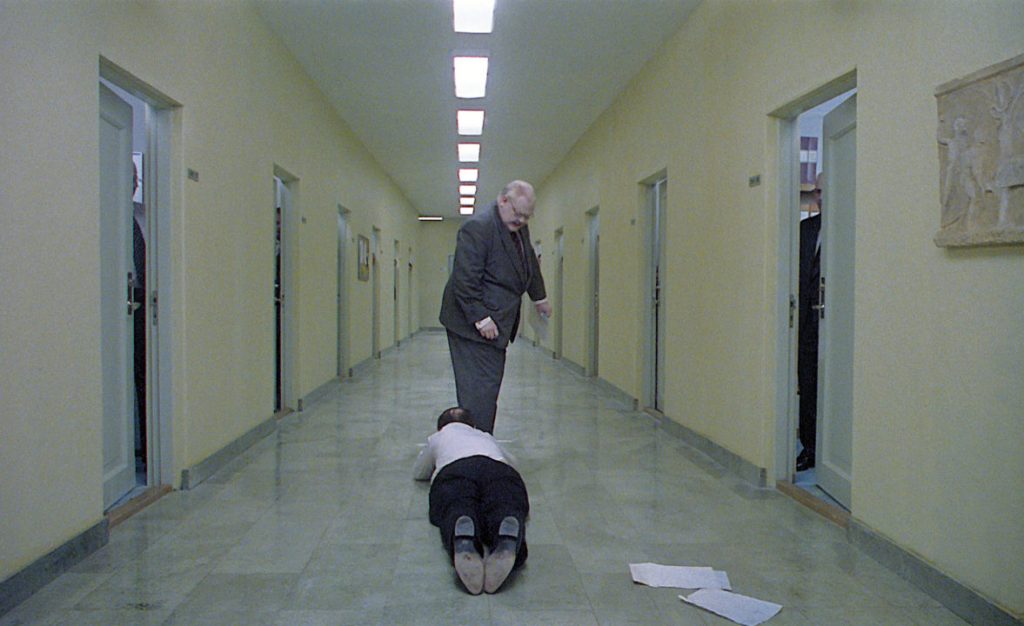
The movie has reminded me of different directors, to be more specific, different directors’ styles of filmmaking while watching it. In few scenes, it reminded me of Ingmar Bergman’s steady shot clubbed with Stanley Kubrick’s chaotic screenplay. Other times, I could see Jacques Tati’s pattern coupled with Scorsese’s dark humour. A more fascinating observation I found myself in is that most of his setups and scenes reminded me of different paintings! Crazy, isn’t it? It reminded me of Van Gogh’s pale yet intense painting while in other times, I could see a dystopian bureaucratic style like that of Rene Magritte’s paintings and many more. For example, when the younger son, Stefan sits in a bar waiting for his father, the unending sea of cars going in the same direction was so Magritte-sque. Even at one point a policeman and a homeless person point out that “where are all these vehicles going and why are they going in the same direction?”. The depictions were equally chaotic and soothing which is very tough to implement. Also, throughout the movie, we hear many quotations of Cesar Vallejo, a Peruvian poet, reminding us of the doomsday that might be bound to happen.
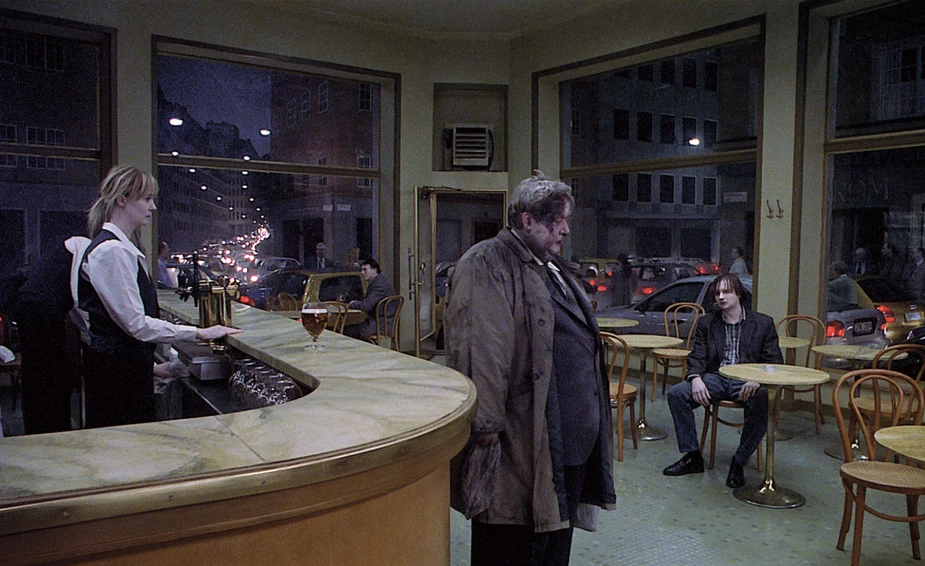
We need to understand that the movie was released in the year 2000 and it took four years in making. So, at that time, there were many fears related to the turn of a new millennium (Y2K). Many astrologers, priests, and scientists anticipated that the world will come to its halt at the stroke of the midnight hour in 2000 (of course that didn’t happen so Hollywood made a movie called 2012, again to be fearful for our lives).
Once you are done watching the film, you’d say that Andersson has done storyboarding for each and every scene in the movie and you bet your life on it. But shockingly, he hasn’t done any storyboarding nor he has scripted it. He staged it on the location then-and-there itself. After knowing this, you would applaud his vision as a viewer and sweat profusely if your money is in on it.
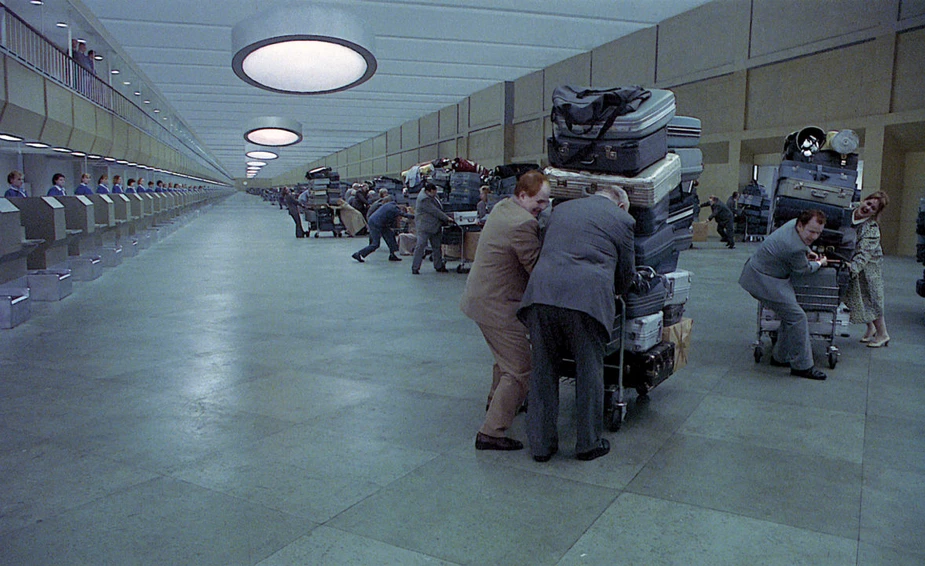
This film is the first of The Living Trilogy where the other two also have a similar approach. Will be writing my piece about that too, sometime later.
Lastly, if you are still hesitant whether to watch it or not, just read the below persuasion points (thanks Ukiyo!) and then decide when to watch it:
– Roy Andersson
– It was like a collection of paintings in motion.
– An extraordinary balance of chaos and patterns.
Closing statement: Famous film historian and critic, Roger Ebert said, “You may not enjoy it but you will not forget it.”
